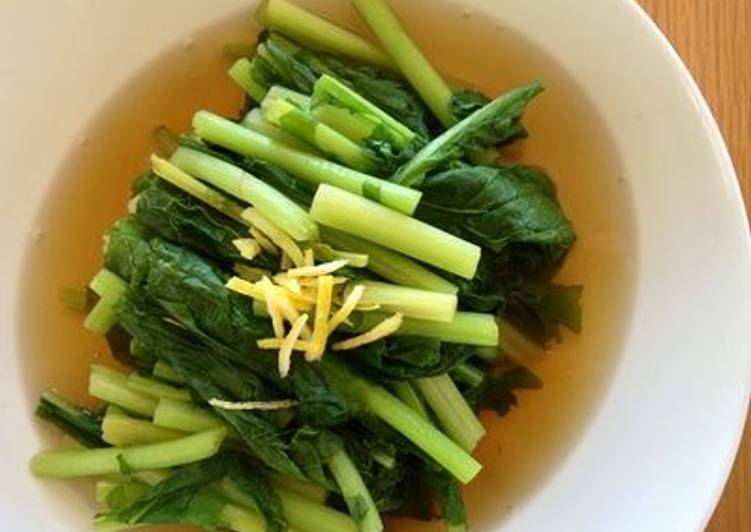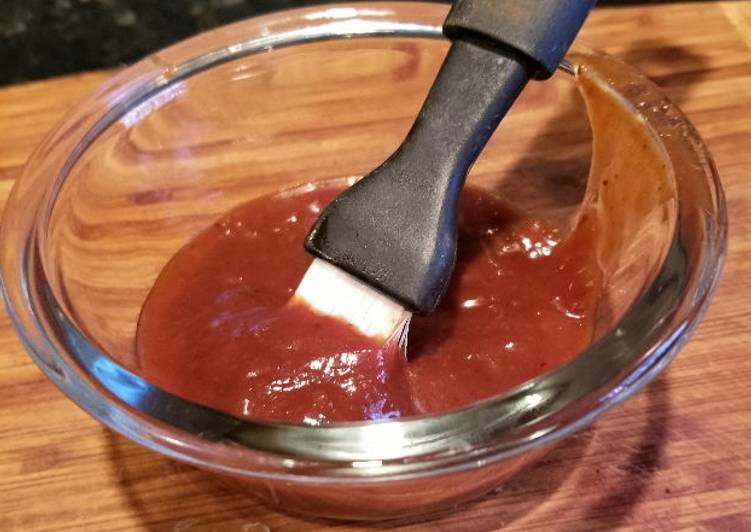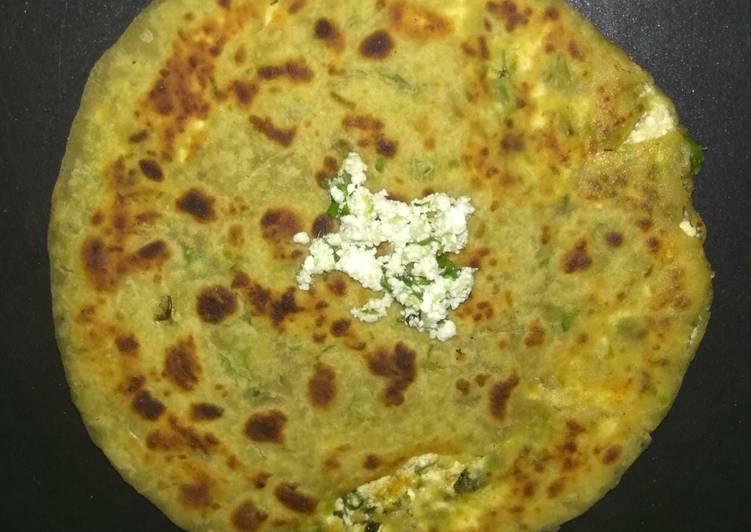
Hello everybody, I hope you’re having an incredible day today. Today, I will show you a way to prepare a distinctive dish, turnip greens in japanese broth (kabu-ohitashi). One of my favorites food recipes. For mine, I am going to make it a little bit unique. This is gonna smell and look delicious.
Turnip Greens in Japanese Broth (kabu-ohitashi) is one of the most well liked of recent trending meals in the world. It is simple, it is fast, it tastes yummy. It’s appreciated by millions daily. Turnip Greens in Japanese Broth (kabu-ohitashi) is something that I have loved my entire life. They’re fine and they look wonderful.
Japanese baby turnips are tender, sweet, and juicy as can be. Japanese baby turnips are tender, sweet, and juicy as can be. By taking advantage of both their leaves and their bulbs, this insanely easy and delicious side dish requires very few other ingredients, allowing the turnip flavor to shine through.
To begin with this particular recipe, we have to prepare a few ingredients. You can cook turnip greens in japanese broth (kabu-ohitashi) using 6 ingredients and 8 steps. Here is how you can achieve it.
The ingredients needed to make Turnip Greens in Japanese Broth (kabu-ohitashi):
- Get 1 bunch turnip greens in good condition
- Get 13-15 g finely shaved katsuo-bushi (bonito flakes for Japanese stock) (or 2 handfuls)
- Get 1 Tbsp cooking sake
- Make ready 1/2-1 tsp salt
- Make ready 2 tsp sesame oil
- Get 2 pinches fresh yuzu citrus zest/sliced yuzu skin
The Japanese turnip is also known by the Turnips are a great source of vitamin C. A very versatile leafy green with a soft mustard flavor. Simmering with other ingredients probably is the most common preparation method for mizuna in Japan or with Japanese food. Kabu no ha to ninjin, age no nibitashi / Japanese turnip leaf, carrot and thin deep-fried tofu in light broth.
Instructions to make Turnip Greens in Japanese Broth (kabu-ohitashi):
- Trim turnip bulbs from greens. Wash the greens well and prepare a large pot of boiling water with a few pinches of salt.
- When the water boils, put in the greens with the thicker stalk end first, then submerge the rest of the leaves part into the pot with chopsticks.
- Cook for 30-60 seconds until the greens are bright green. Remove from boiling water and right away rinse in cold water so it stops cooking.
- Drain, and gently squeeze out extra water and then cut the leaves into 5 cm pieces. Put aside for now.
- Now let's make the Japanese dashi! You need about 13-15 grams (2 handfuls) of katsuobushi flakes. Or, if you have your own broth, just use 400 ml of that.
- Bring 400 ml water to a boil. Add the katsuobushi flakes, turn the heat to low and simmer for 3 minutes. Stop the heat and let it set for 1 minute. Lastly strain out the flakes with a strainer/colander. Now you have dashi!
- Put the dashi back into a medium pot. Add the salt, soy sauce and sake to the pot and bring to a boil. Turn to low. Add the turnip greens from before and when it boils again, stop the heat.
- Put the greens into a large dish (or separate into everyone's bowls). Pour over some of the broth, a dash of sesame oil and if you have it, some thin slices of yuzu skin or zest. :D
This simple Japanese side is made by blanching leafy greens (spinach works Ohitashi is a simple, light, and deeply flavorful Japanese side dish of blanched greens in a soy-based marinade. Make it ahead, then have it ready. Yuuki demonstrates how to make kabu sunomono. The Best Japanese Broth Soup Recipes on Yummly Asian Broth & Soup, Spinach And Tofu Miso Soup, Turmeric Broth Soup With Wild Rice And Vegetables.
So that’s going to wrap this up with this exceptional food turnip greens in japanese broth (kabu-ohitashi) recipe. Thank you very much for reading. I’m confident that you will make this at home. There’s gonna be interesting food at home recipes coming up. Don’t forget to save this page in your browser, and share it to your family, friends and colleague. Thank you for reading. Go on get cooking!


